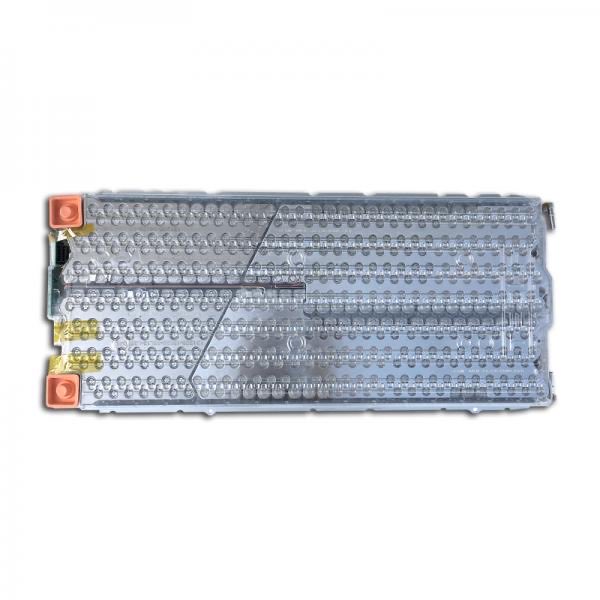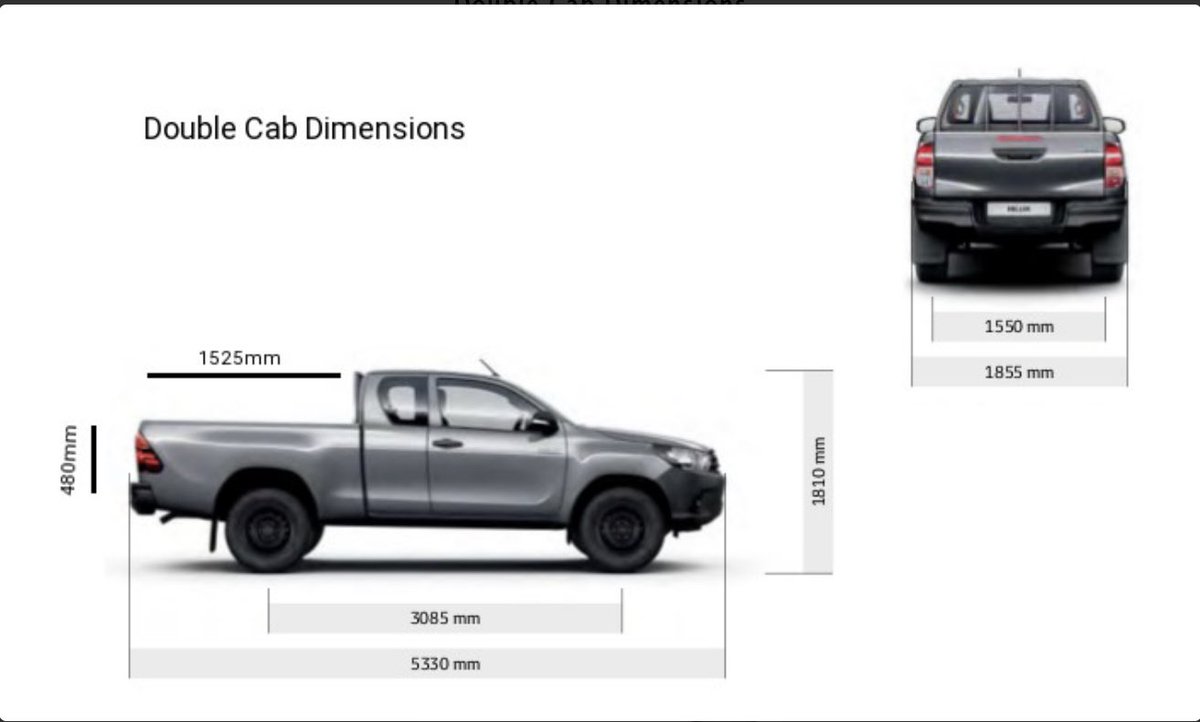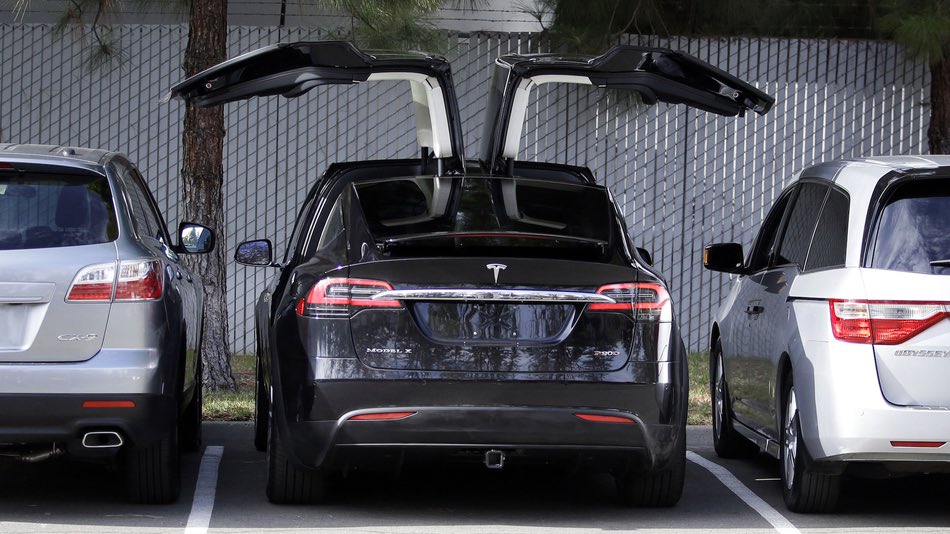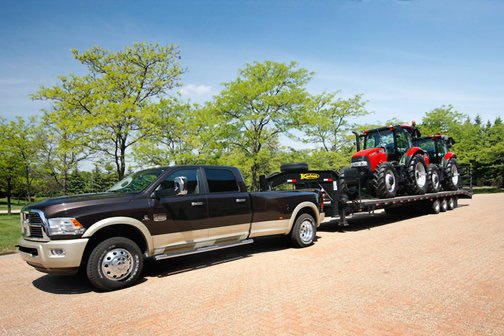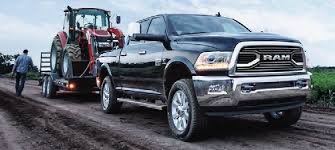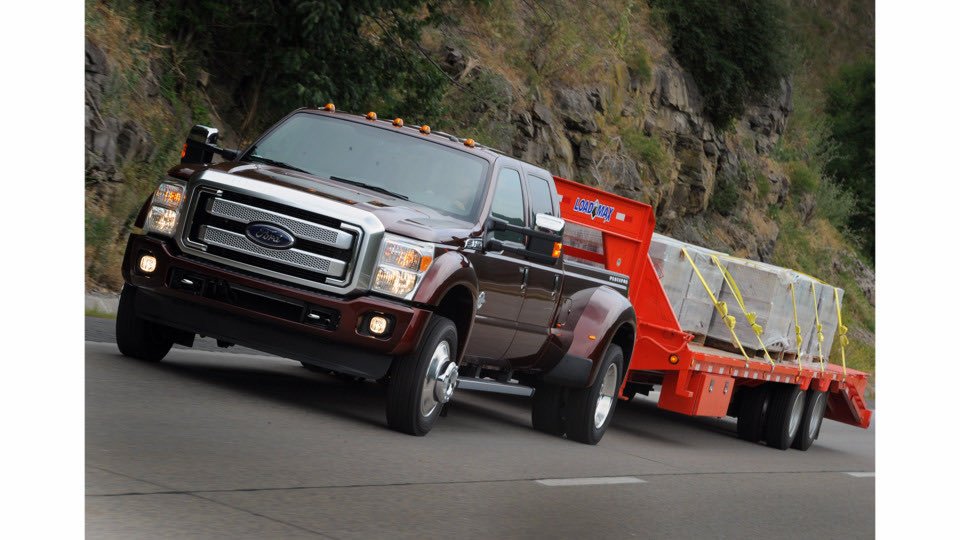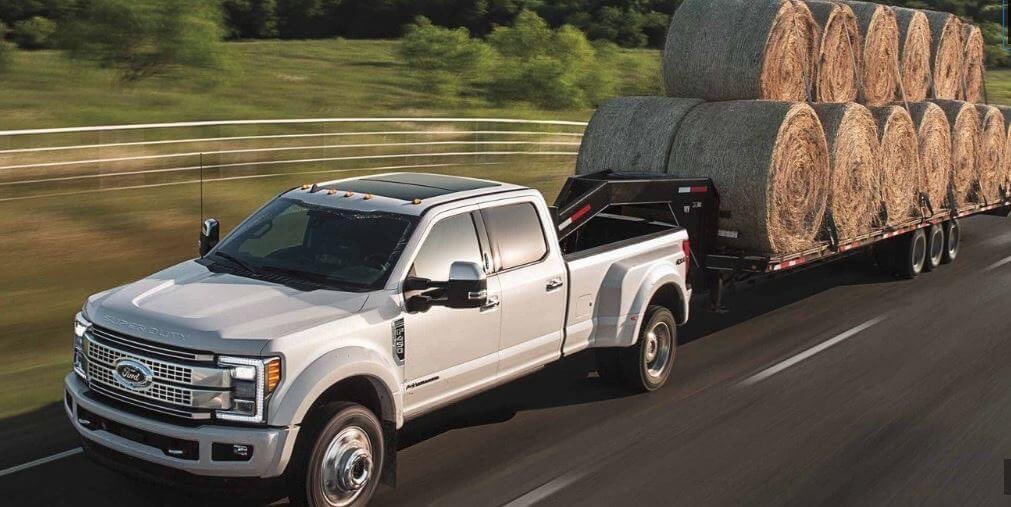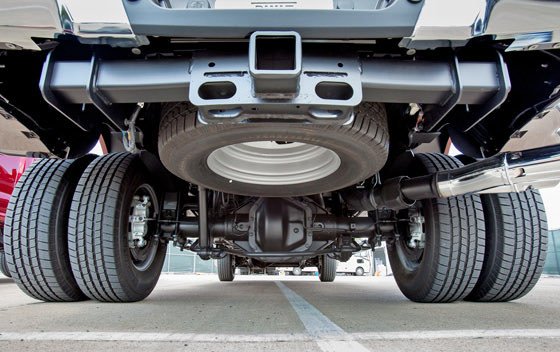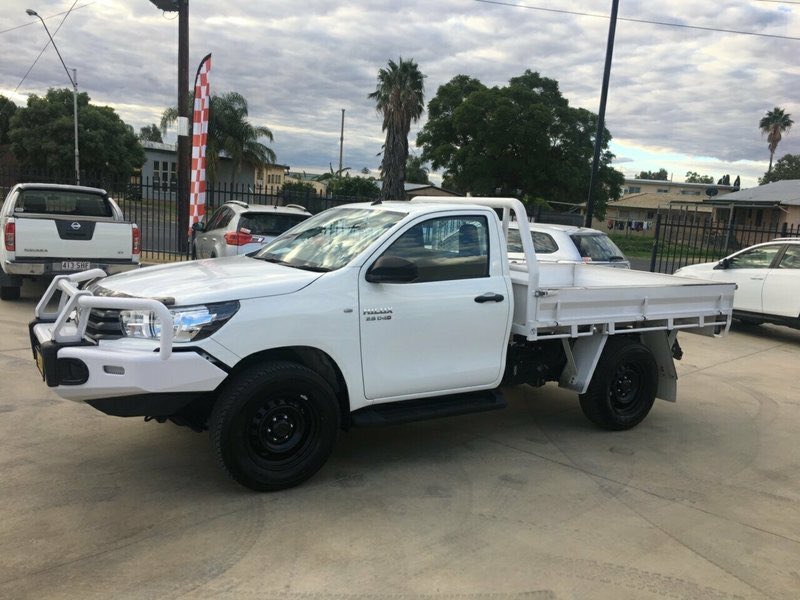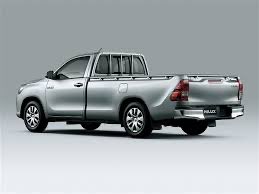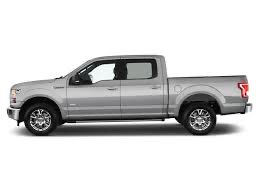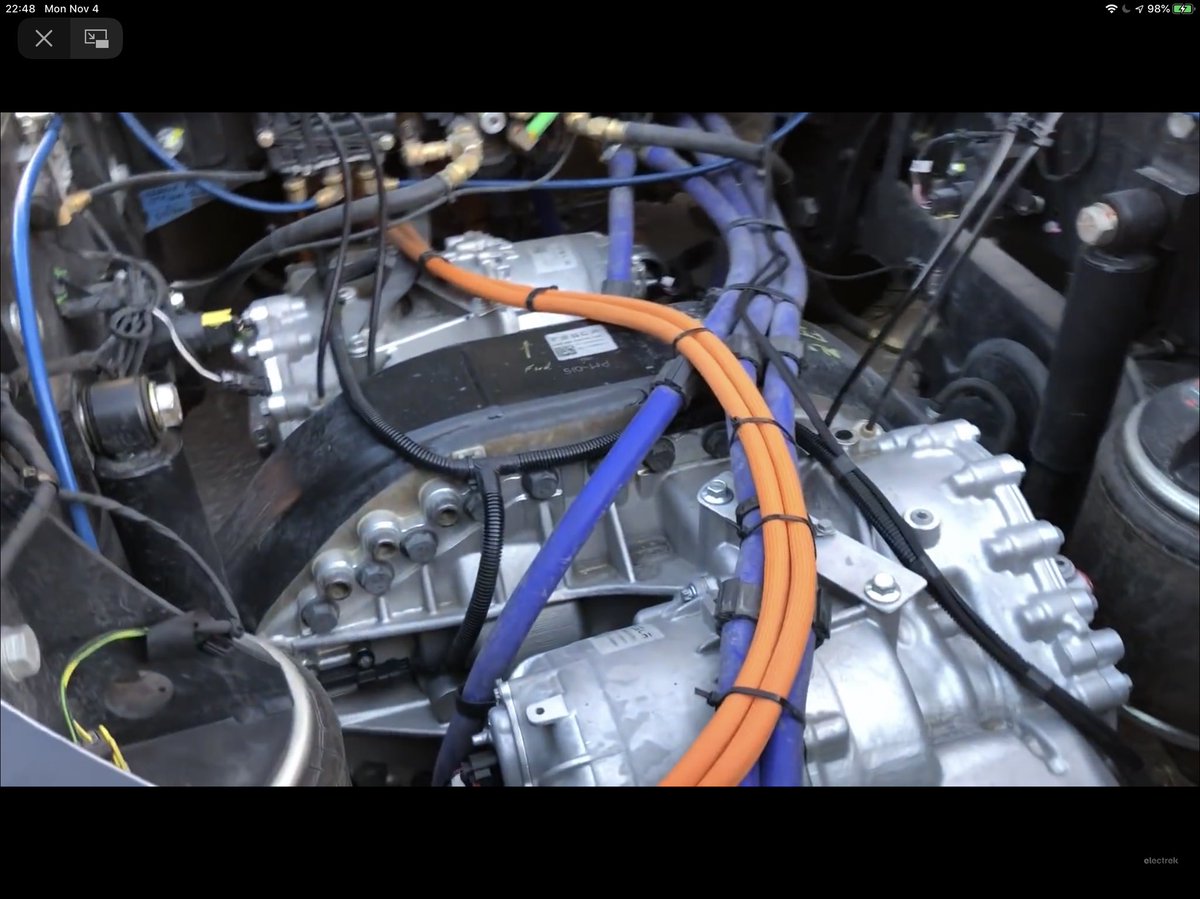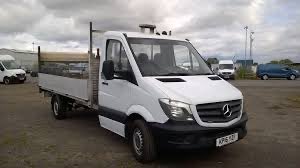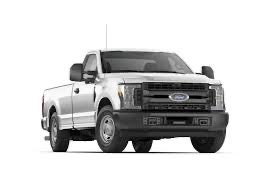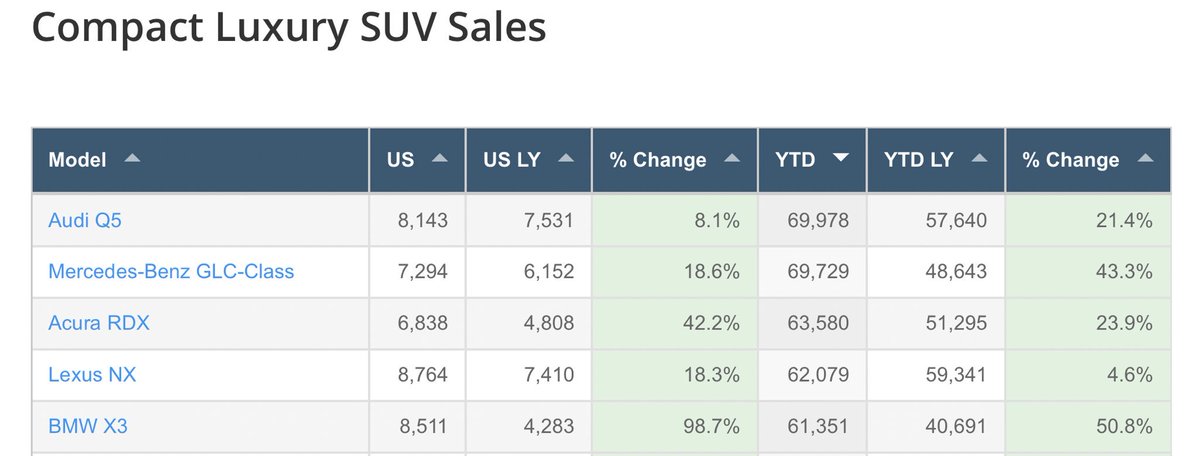The following is a collection of my thoughts before the flood gates are opened. Long 🧵
2)
We need to take a look at current cell manufacturing.
3)
4)
9)
10)
11)
12)
13)
15)
S/X and Roadster are meant to play an important roll in performance. Requiring a taller narrower cell. (which we likely saw during the roadster unveiling, and on the Nurburgring.
17)
18)
19)
1)
16)
Both these frames would have same footprint.
17)







